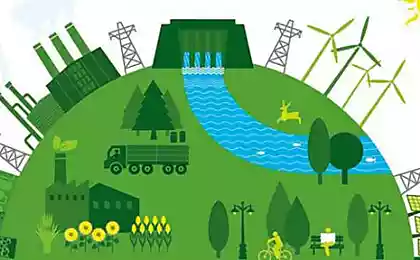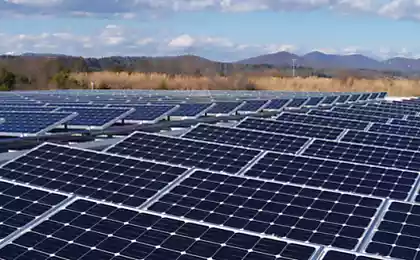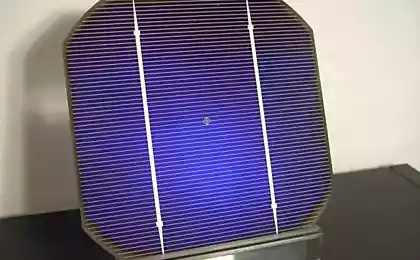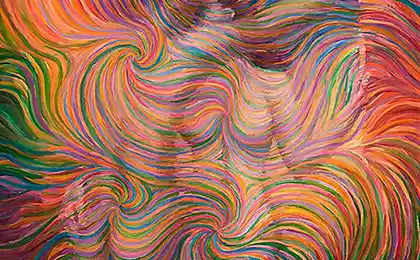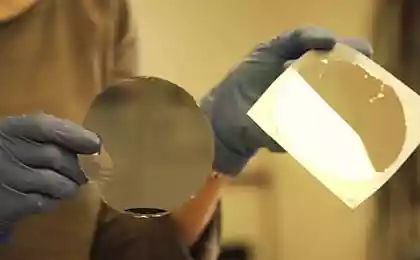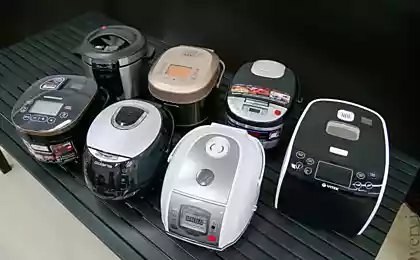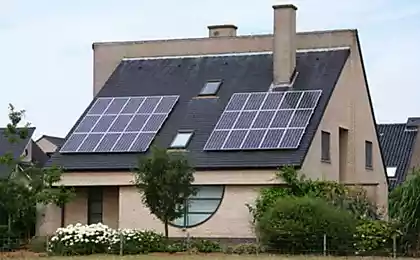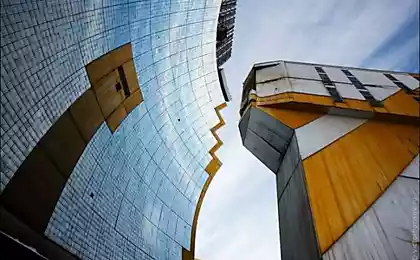490
Incredible breakthrough: now any surface can receive solar energy
The solar panel, which can obtain such energy consists of a kind of sticker, which is quite flexible and thin, so there is the possibility of its application to Windows of skyscrapers or the surface of the aircraft, these batteries can easily be applied on various surfaces.
A research group led by Xiaolin Zheng in the walls of the University of Stanford has developed a unique solar panels. These batteries are made in the form of a self-adhesive film that can be easily applied on various surfaces.
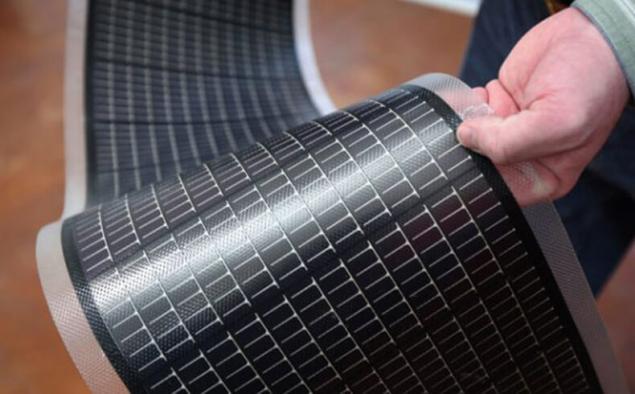
The father Xiaolin Zheng led him to the idea that once remarked that it would be good to cover with solar panels to not only the roof surface, but also the whole building (in Chinese buildings, on the roof there is a large number of these panels). Zheng in 2010, was able to know this article, which tells about a rather interesting experiment.
The whole point of this experiment is immersed in water of Nickel, together with graphene, which is grown (he is the nanomaterial, which is formed by a layer of carbon atoms and contains one atom thick).
Located on the Nickel plate from silicon and separated under water from the surface with graphene. And that is what formed the basis of thereby created a flexible ultra-thin solar panel (that gets energy from any surface).
Speaking about thestandard tool, they are made on glass or silicon wafers. Therefore, we can say that they are quite heavy. So, we have a very limited application of such panels. You can still add that flexibility panel for plastic and paper, but they do not have sufficient strength.
As a basis, Zheng gave the proposal to use the same glass or silicone surface, only here you need to lay a layer of metal between the panel and base. After soaking in water the resulting "cake" leaves (for a few seconds) is separated from the surface of the metal layer.
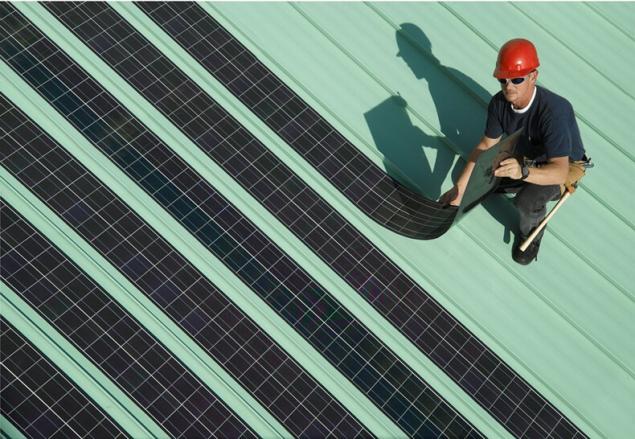
What can we say about the result, then a working solar panel with thickness of a few microns. Now, thanks to this thickness, and high flexibility can be placed on any surface of the resulting material and even on a mobile device (that is, any surface can receive solar energy).
Well, at the expense of the amount of generation, ultrathin panel Zheng produce this energy into the same exact number of how many of them are quite bulky and hard counterparts.
However, the presence in the production is a tremendous saving and less time consuming installation. Also, the advantages include the fact that you can re-use silicon wafers because after they are completely clean.published
P. S. And remember, only by changing their consumption — together we change the world! © Join us at Facebook , Vkontakte, Odnoklassniki
Source: energiya-info.com/2016/02/26/neveroyatnyj-proryv-teper-s-lyuboj-poverhnosty-mozhno-poluchyt-solnechnuyu-energyyu/
A research group led by Xiaolin Zheng in the walls of the University of Stanford has developed a unique solar panels. These batteries are made in the form of a self-adhesive film that can be easily applied on various surfaces.

The father Xiaolin Zheng led him to the idea that once remarked that it would be good to cover with solar panels to not only the roof surface, but also the whole building (in Chinese buildings, on the roof there is a large number of these panels). Zheng in 2010, was able to know this article, which tells about a rather interesting experiment.
The whole point of this experiment is immersed in water of Nickel, together with graphene, which is grown (he is the nanomaterial, which is formed by a layer of carbon atoms and contains one atom thick).
Located on the Nickel plate from silicon and separated under water from the surface with graphene. And that is what formed the basis of thereby created a flexible ultra-thin solar panel (that gets energy from any surface).
Speaking about thestandard tool, they are made on glass or silicon wafers. Therefore, we can say that they are quite heavy. So, we have a very limited application of such panels. You can still add that flexibility panel for plastic and paper, but they do not have sufficient strength.
As a basis, Zheng gave the proposal to use the same glass or silicone surface, only here you need to lay a layer of metal between the panel and base. After soaking in water the resulting "cake" leaves (for a few seconds) is separated from the surface of the metal layer.

What can we say about the result, then a working solar panel with thickness of a few microns. Now, thanks to this thickness, and high flexibility can be placed on any surface of the resulting material and even on a mobile device (that is, any surface can receive solar energy).
Well, at the expense of the amount of generation, ultrathin panel Zheng produce this energy into the same exact number of how many of them are quite bulky and hard counterparts.
However, the presence in the production is a tremendous saving and less time consuming installation. Also, the advantages include the fact that you can re-use silicon wafers because after they are completely clean.published
P. S. And remember, only by changing their consumption — together we change the world! © Join us at Facebook , Vkontakte, Odnoklassniki
Source: energiya-info.com/2016/02/26/neveroyatnyj-proryv-teper-s-lyuboj-poverhnosty-mozhno-poluchyt-solnechnuyu-energyyu/
The results of the national milk testing shocked the population
Creative solutions for design of the walls in the living room
